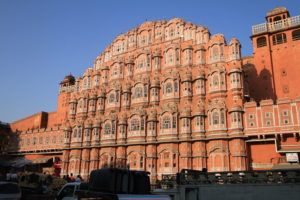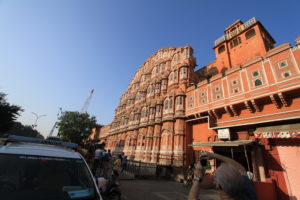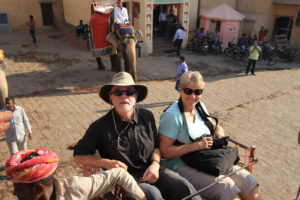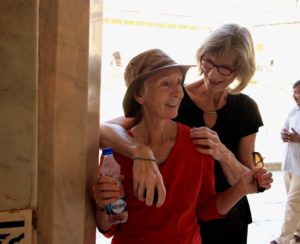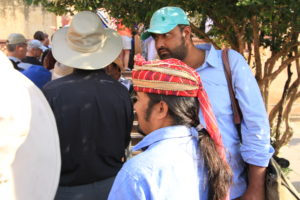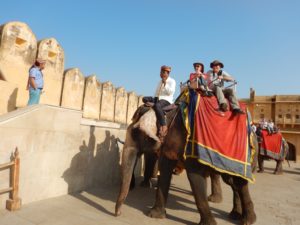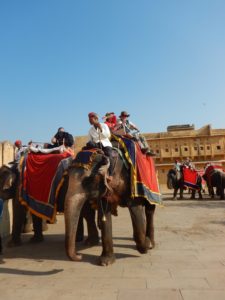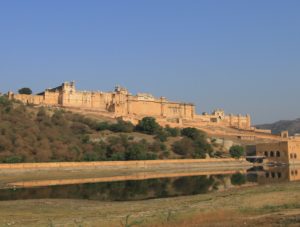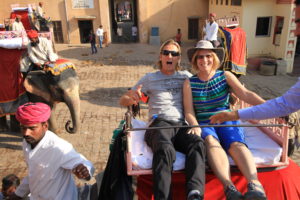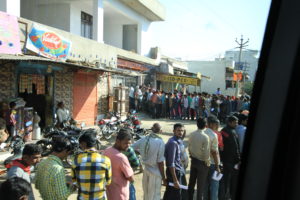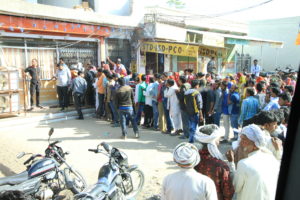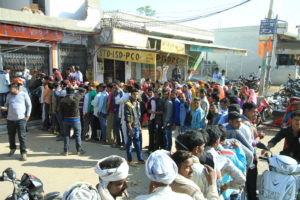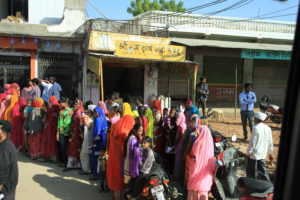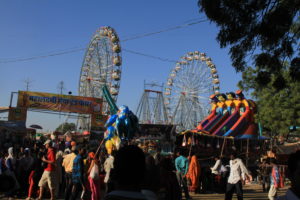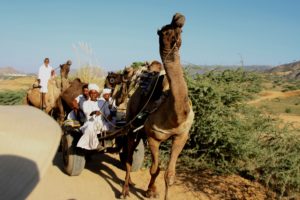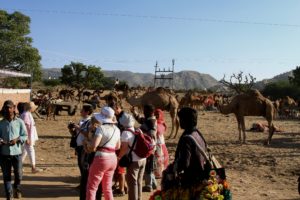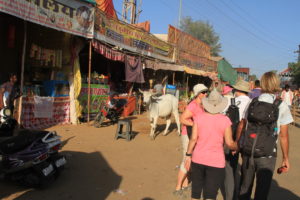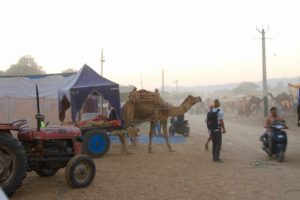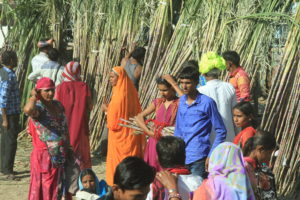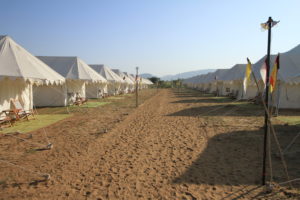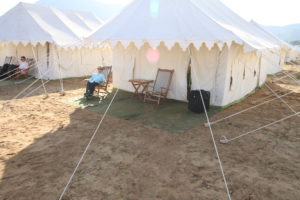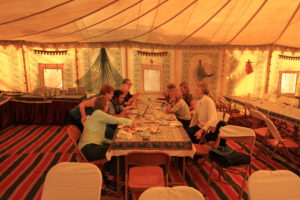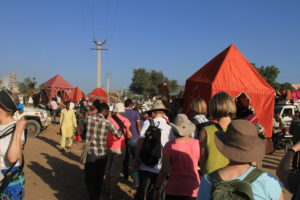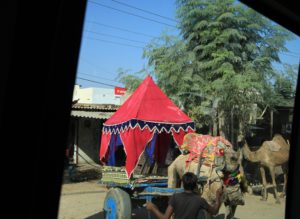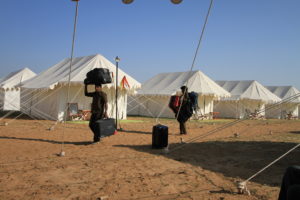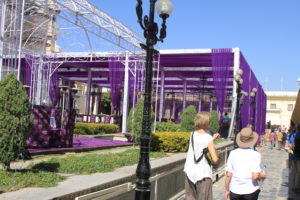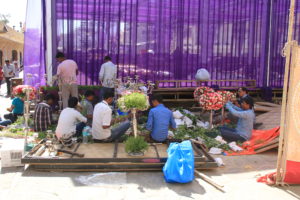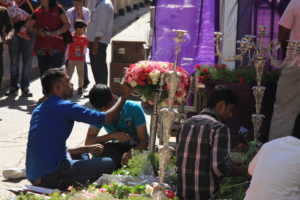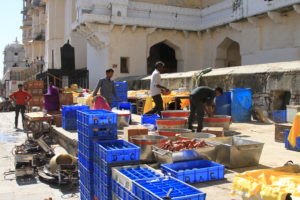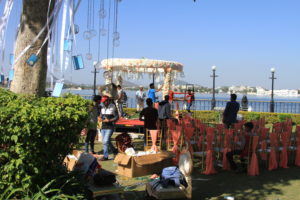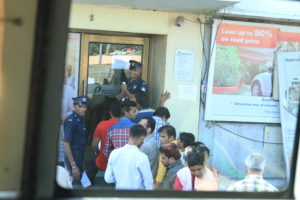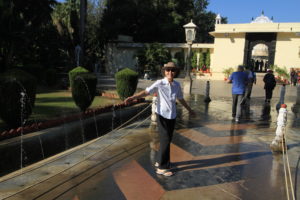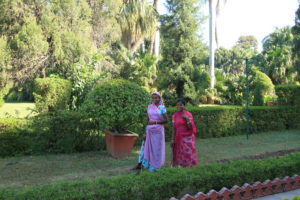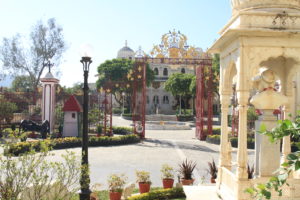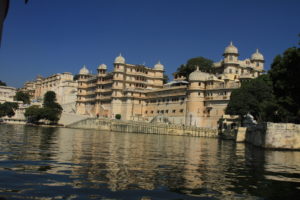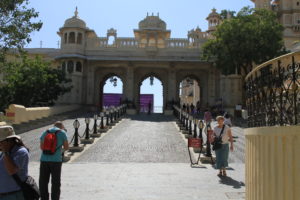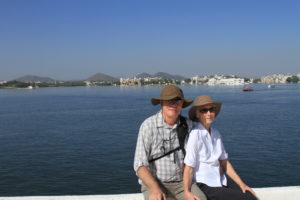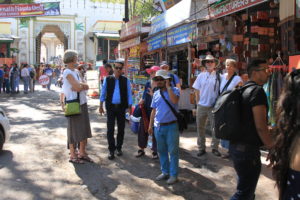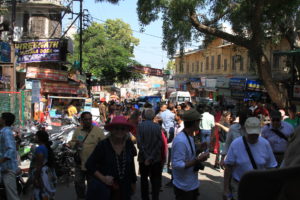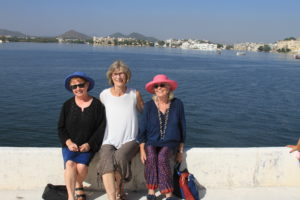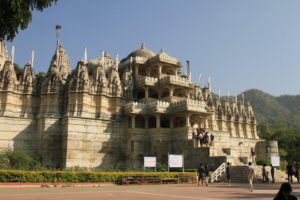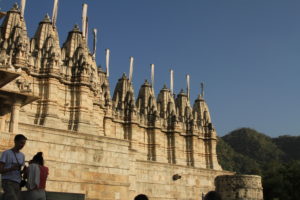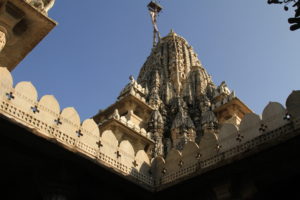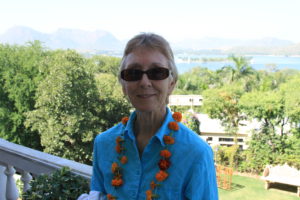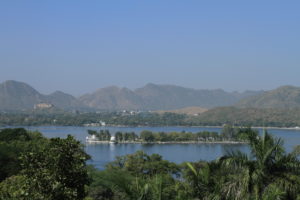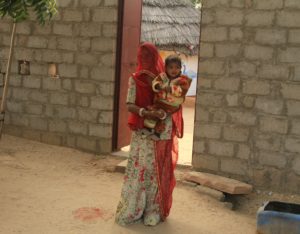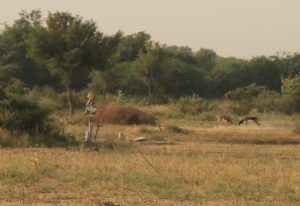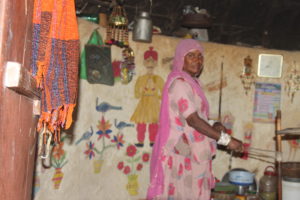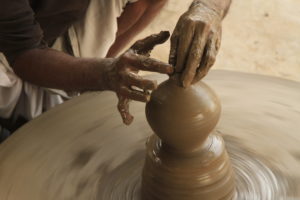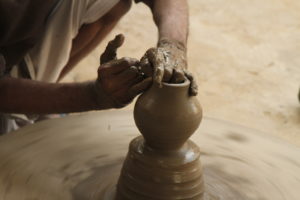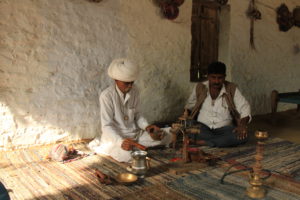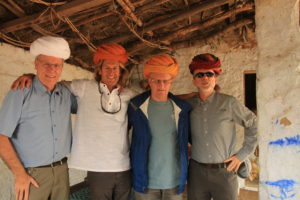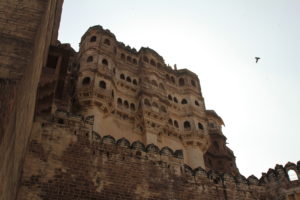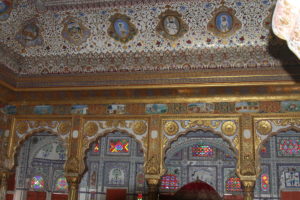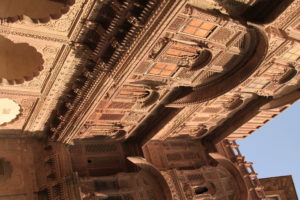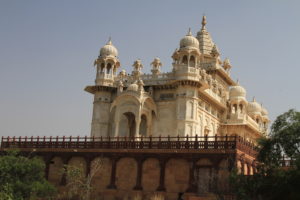This afternoon we explore Jaipur, one of the best-planned cities in India, built of rose-pink sandstone by the great astronomer-king Jai Singh II in 1727. The City Palace stands in the centre of the city. Part of it is still the Maharaja’s residence, while most of the complex has been developed into a museum containing rare manuscripts, fine specimens of Rajput and Mughal paintings, royal apparel and an armoury. Jantar Mantar observatory was built by the founder of Jaipur, Maharaja Sawai Jai Singh. The huge stone instruments were devised to study the movements of the sun, moon and planets and are incredibly accurate. Hawa Mahal (Palace of Winds) is the landmark of Jaipur. Built of pink sandstone with a delicate honeycomb design and rising five storeys high, it is composed of semi-octagonal overhanging windows, each with its perforated screen, which allowed the ladies of the court to look onto the main street without being seen.
Today visit Amer Fort (also sometimes written “Amber”), the capital for 6 centuries before Jaipur was built, 11 km north of Jaipur. Rising majestically on the slopes of a hill, this 11th century fort and palace complex is a blend of Hindu and Muslim styles — the earlier constructions in the inner apartments designed by the Hindu founder are austere, while later constructions abound in the rich flourishes characteristic of Muslim influence. Experience the thrill of riding up to the fort on gaily decorated elephants, in the manner the Rajputs of old made their royal ascent centuries ago.
After visiting the Wind Palance we went up to Forr Amer where we mounted the elephants and rode to the top. After visiting Fort Amer, which is gigantic, we took a Jeep back to the bus and the elephants, who had finished their shift, we are the same street. One came up to the back of our Jeep and was against it with her trunk, surprised the hell out of us! Just for an understanding about the elephants day, they only go up and down 5 times and then return to their home.
